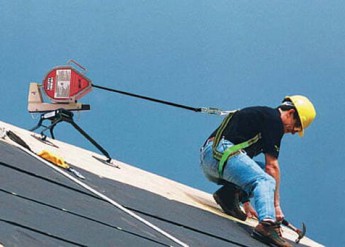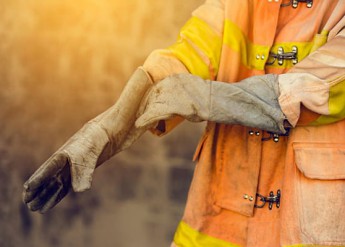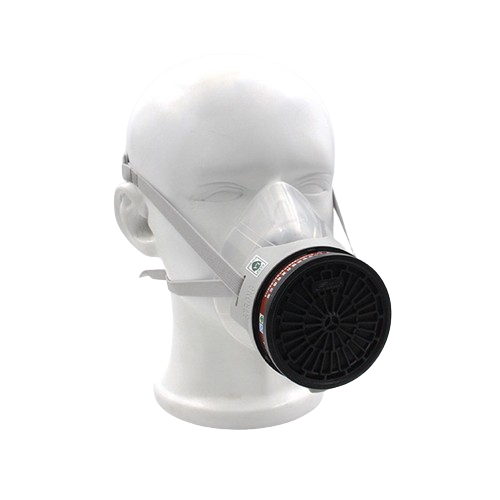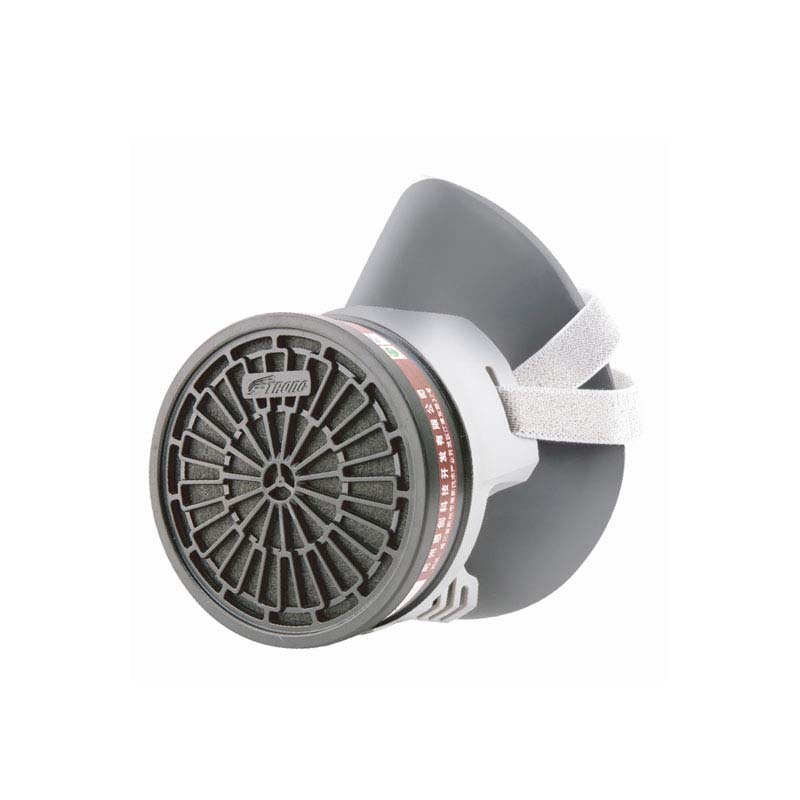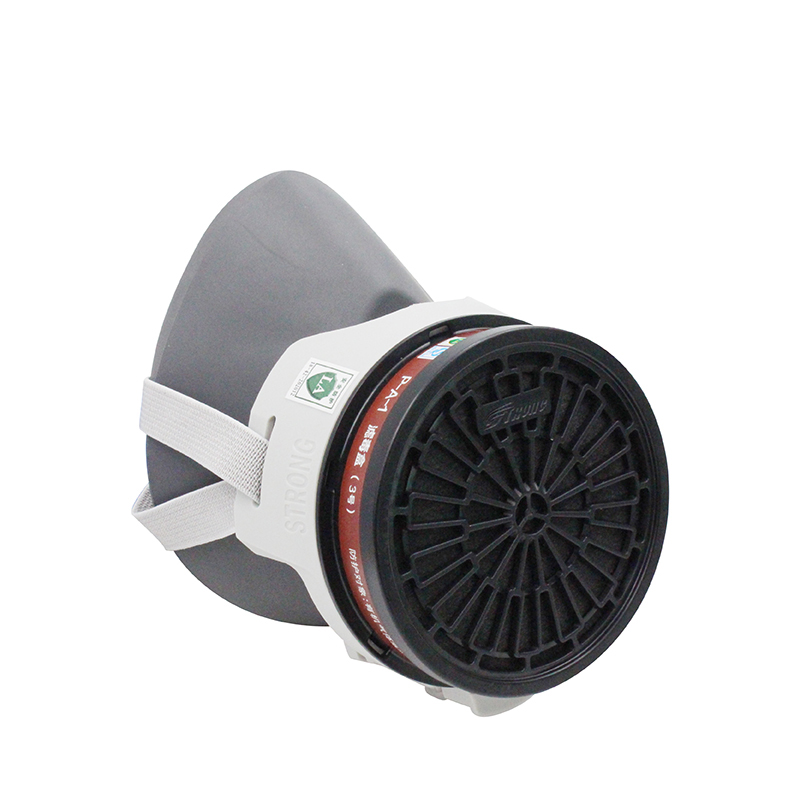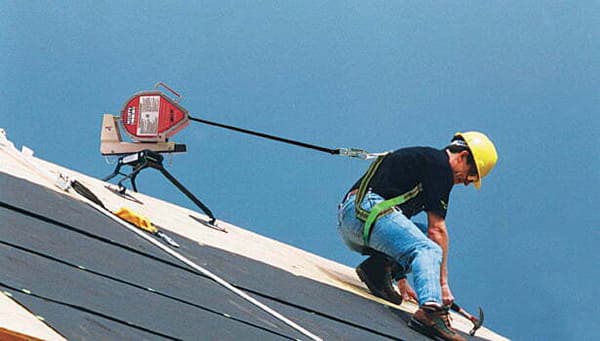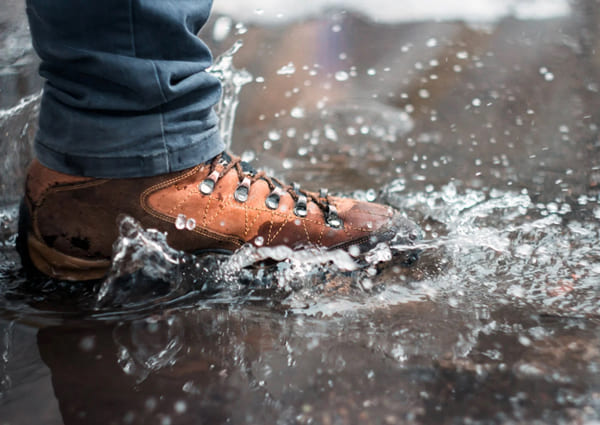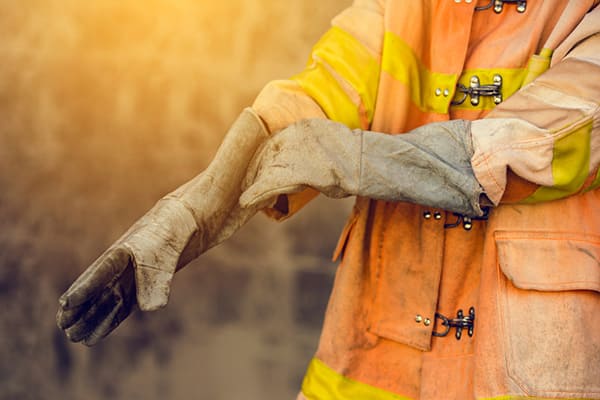Understanding Fall Protection Kits: Components and Importance
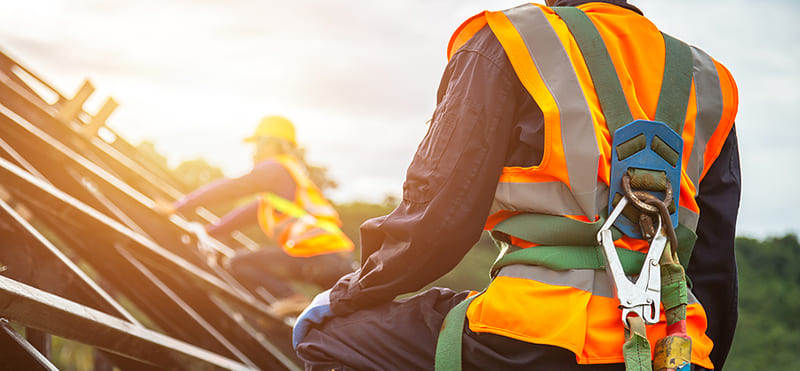
Fall protection is a crucial aspect of workplace safety, particularly in industries that require employees to work at heights. A fall protection kit is a collection of equipment designed to protect workers from falls and minimize the risk of injury or death.
Typically, a fall protection kit includes a full-body harness, a lanyard or lifeline, and an anchor point. The full-body harness is worn by the worker and is designed to distribute the force of a fall over the entire body. The lanyard or lifeline is attached to the harness and the anchor point and is used to prevent the worker from falling more than a certain distance. The anchor point is a secure point of attachment, often a metal ring or hook, to which the lanyard or lifeline is attached.
In addition to these basic components, fall protection kits may also include other equipment such as self-retracting lifelines, rope grabs, and shock absorbers. Self-retracting lifelines allow workers to move freely while still providing protection from falls. Rope grabs are used to adjust the length of the lifeline or lanyard, while shock absorbers are designed to reduce the impact of a fall.
Using a fall protection kit is essential for anyone working at height, whether on a construction site, a utility pole, or a roof. Proper use of fall protection equipment can help prevent injuries and fatalities in the workplace. Employers are responsible for providing workers with adequate fall protection equipment and training them in its proper use.
In conclusion, a fall protection kit is a vital component of workplace safety for anyone working at heights. It includes a full-body harness, a lanyard or lifeline, and an anchor point, and may also include additional equipment such as self-retracting lifelines, rope grabs, and shock absorbers. Employers should ensure that their workers have access to and are trained in the proper use of fall protection equipment to prevent workplace accidents and injuries.

